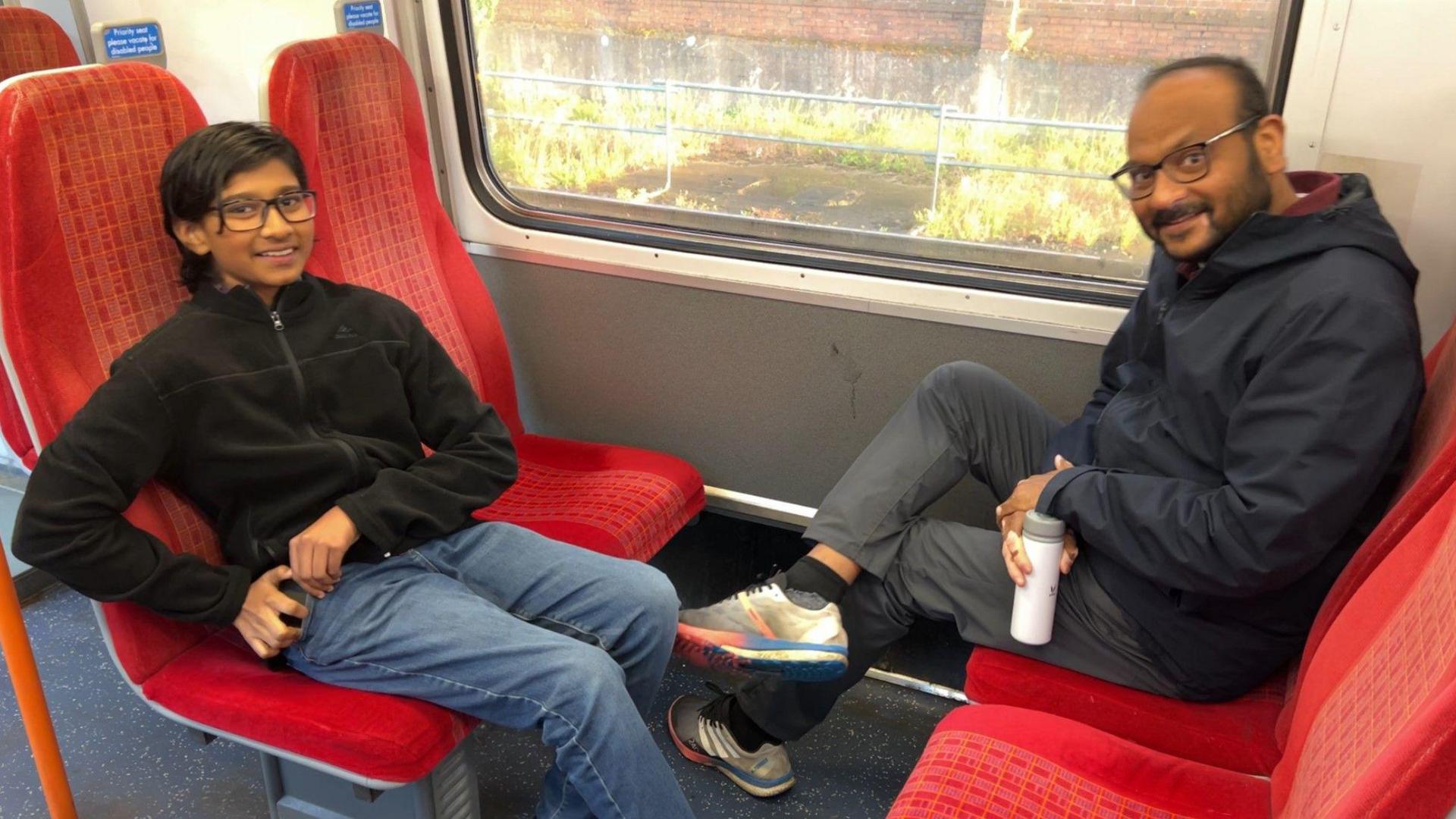What can Greater Anglia passengers expect from nationalisation?
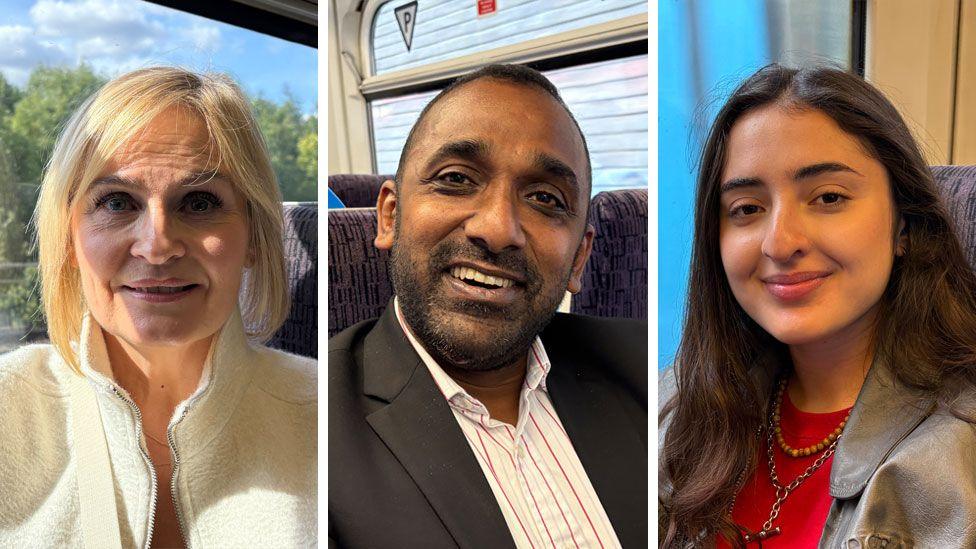
Passengers on already-nationalised Southeastern tell us their experience of the railway
- Published
Greater Anglia will be nationalised on Sunday, 12 October. But how has public ownership of train companies worked out elsewhere and what can its passengers expect?
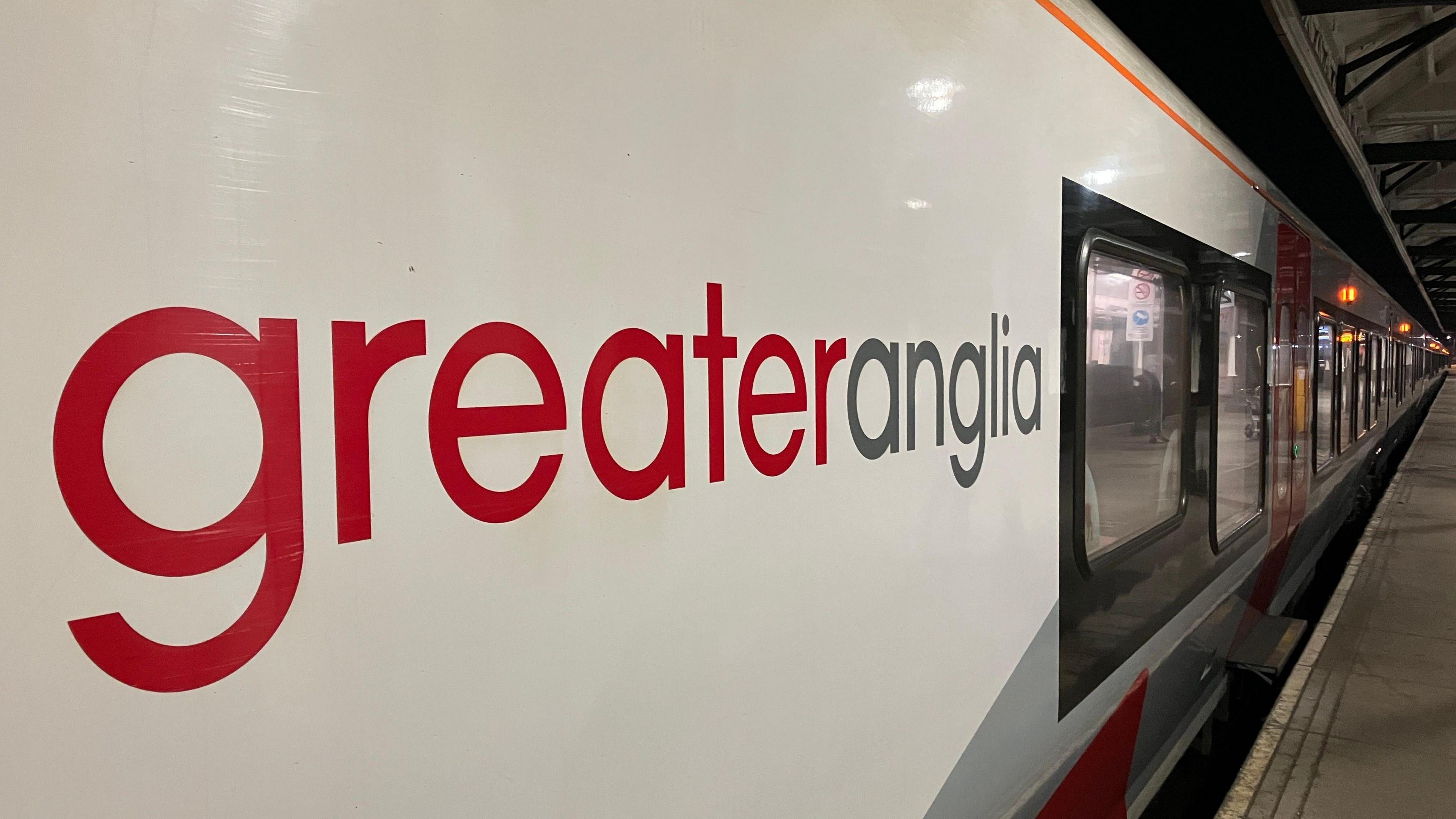
Greater Anglia runs trains across the east of England
Greater Anglia, which runs rail services in Norfolk, Suffolk, Cambridgeshire, Essex and Hertfordshire, will be the latest company to enter public ownership.
But Southeastern, in Kent and East Sussex, is further along the nationalisation track than most, having been publicly run since 2021.
In June, it joined up with Network Rail in its patch, putting tracks, signals and trains under one leadership team.
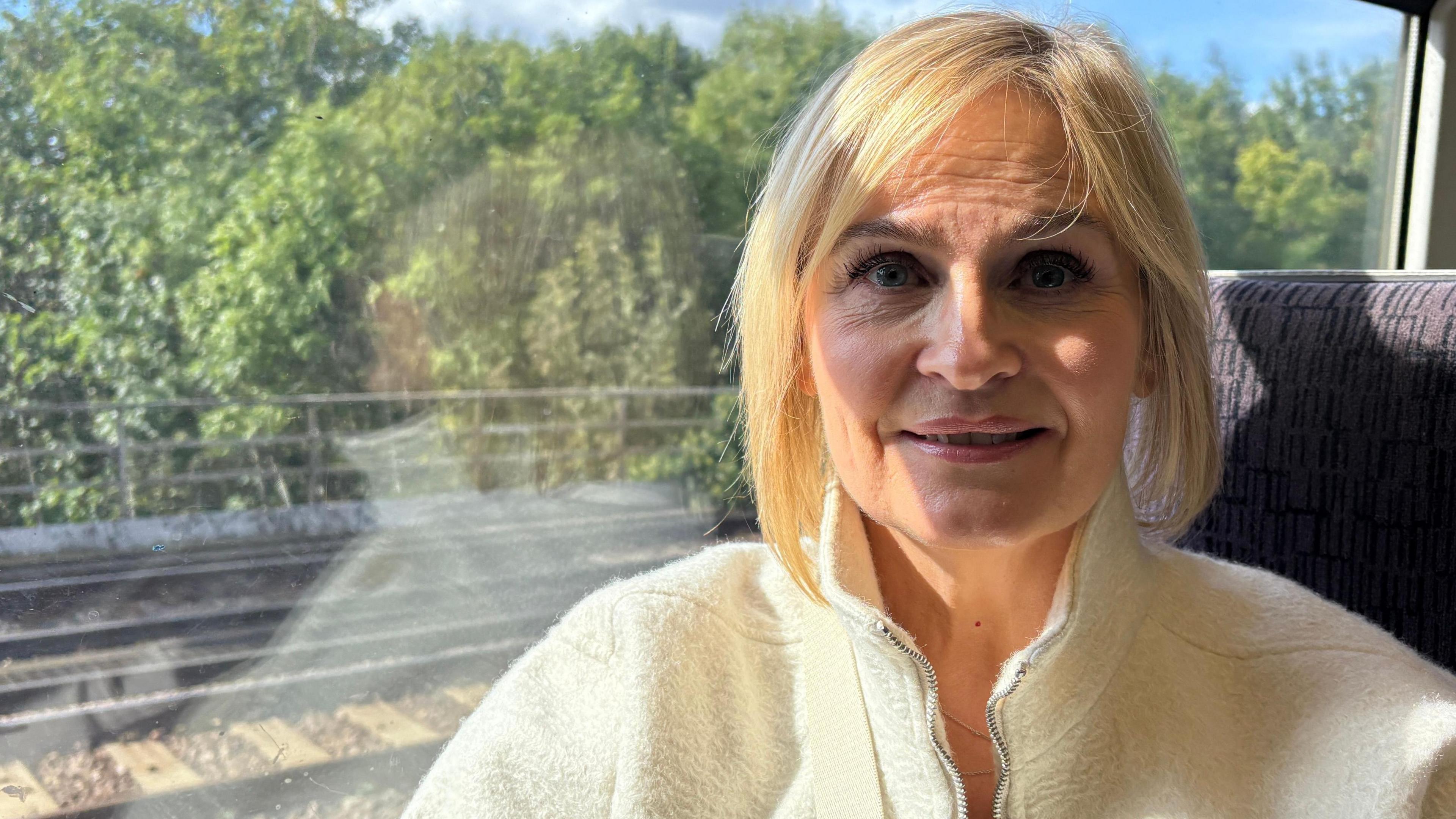
Natalie Barron was not convinced she had seen much difference since Southeastern was nationalised
On a Southeastern train heading out of London, lawyer Natalie Barron was returning home after a meeting.
Should the railways be in public ownership?
"Tough question," she replied, laughing. The service, she added, was "pretty good".
How did she feel, four years on from the company being nationalised?
"I'm not sure I've seen much difference," she said.
The Department for Transport (DfT) took over Southeastern from Govia, after the operator failed to declare £25m of historical taxpayer funding.
The government now plans to take over all passenger train operators with DfT contracts by October 2027, regardless of how they are performing.
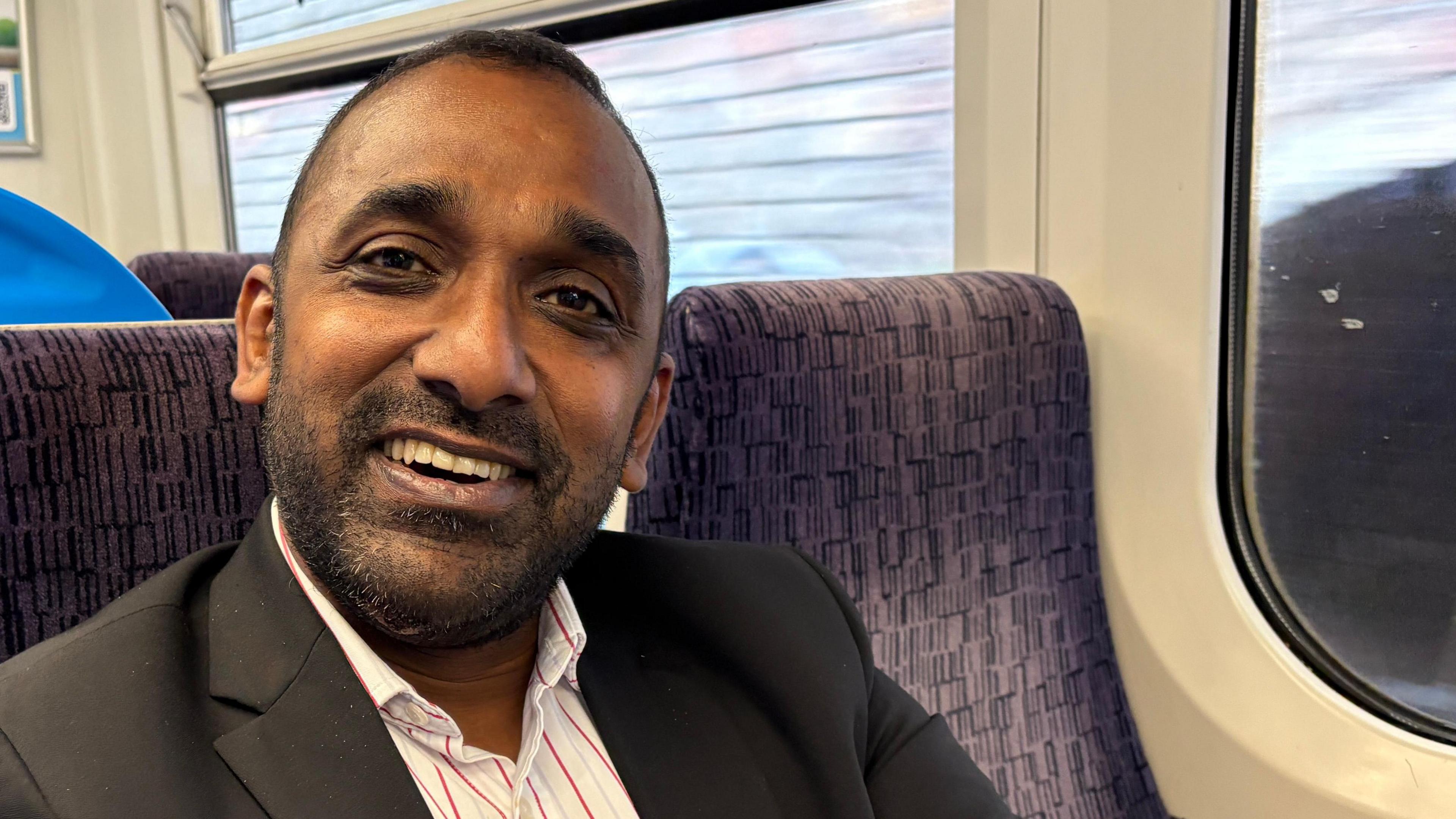
Arvind Kannan wanted tickets to be cheaper and trains to run with "more predictability"
A YouGov survey, external published last month suggested more than 60% of people supported bringing train operators into public ownership.
Sitting a few carriages away, passenger Arvind Kannan felt the service could "do with a lot of improvement".
There was a "big difference" between train services in the UK and those in Europe or parts of Asia, he added.
For him, nationalisation was a good idea.
"If that's what it's going to take to fix things, then that's probably a good thing," he said.
He wanted to see improvements in punctuality and cost.
"I don't know if it can be made cheaper – that's one thing."
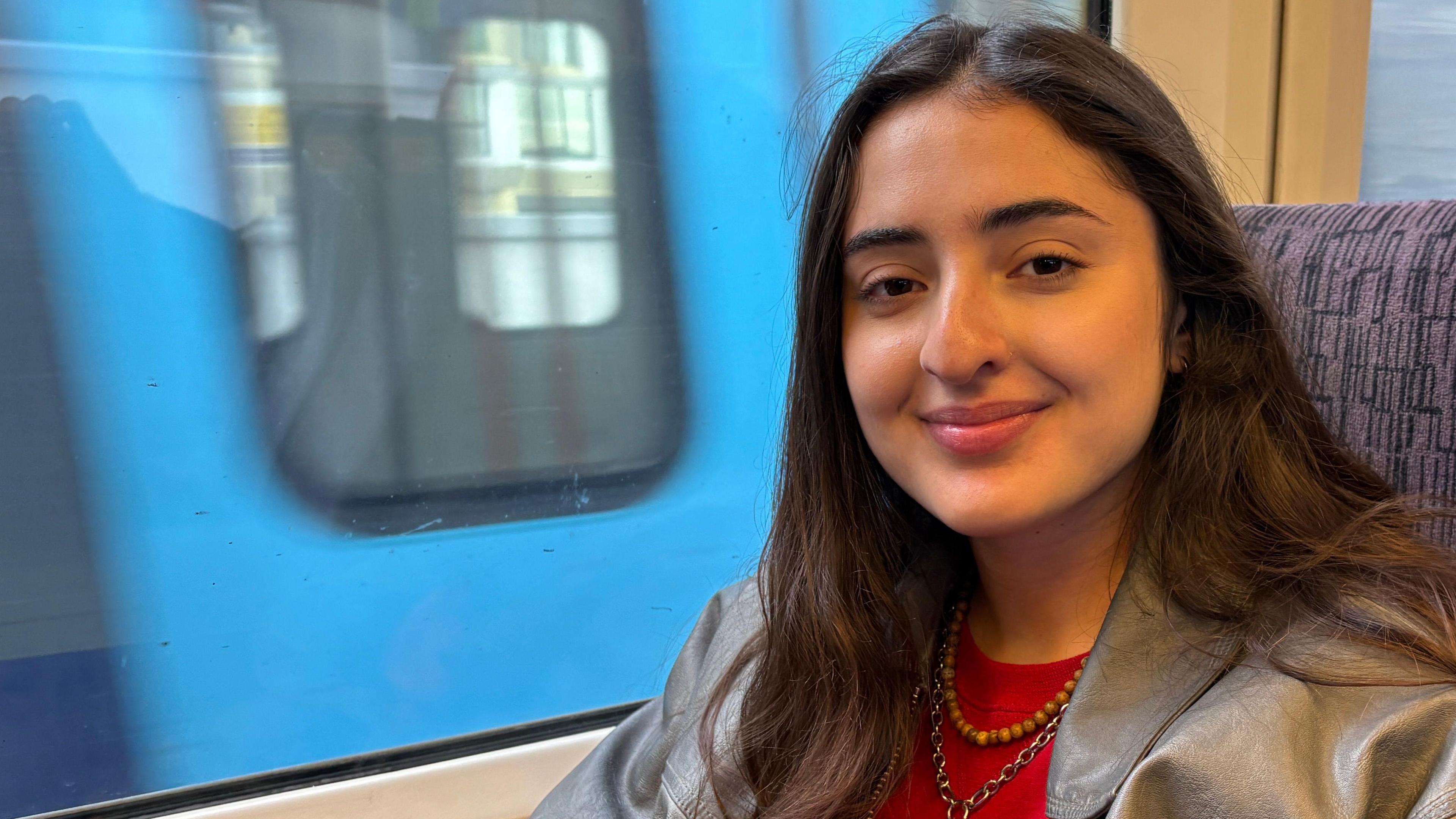
Tala Yunis said the railways should be run "for the people"
Musician Tala Yunis, 25, liked the idea of train companies being publicly owned.
"I support it. I think it should be for the people and not just, you know, the rich get richer and us just having to pay more," she said.
Southeastern was the first operator to merge its management and Network Rail's local executives into a single leadership team as part of the move towards creating Great British Railways.
That united trains and railway infrastructure, which, supporters have argued, could boost co-operation and efficiency.
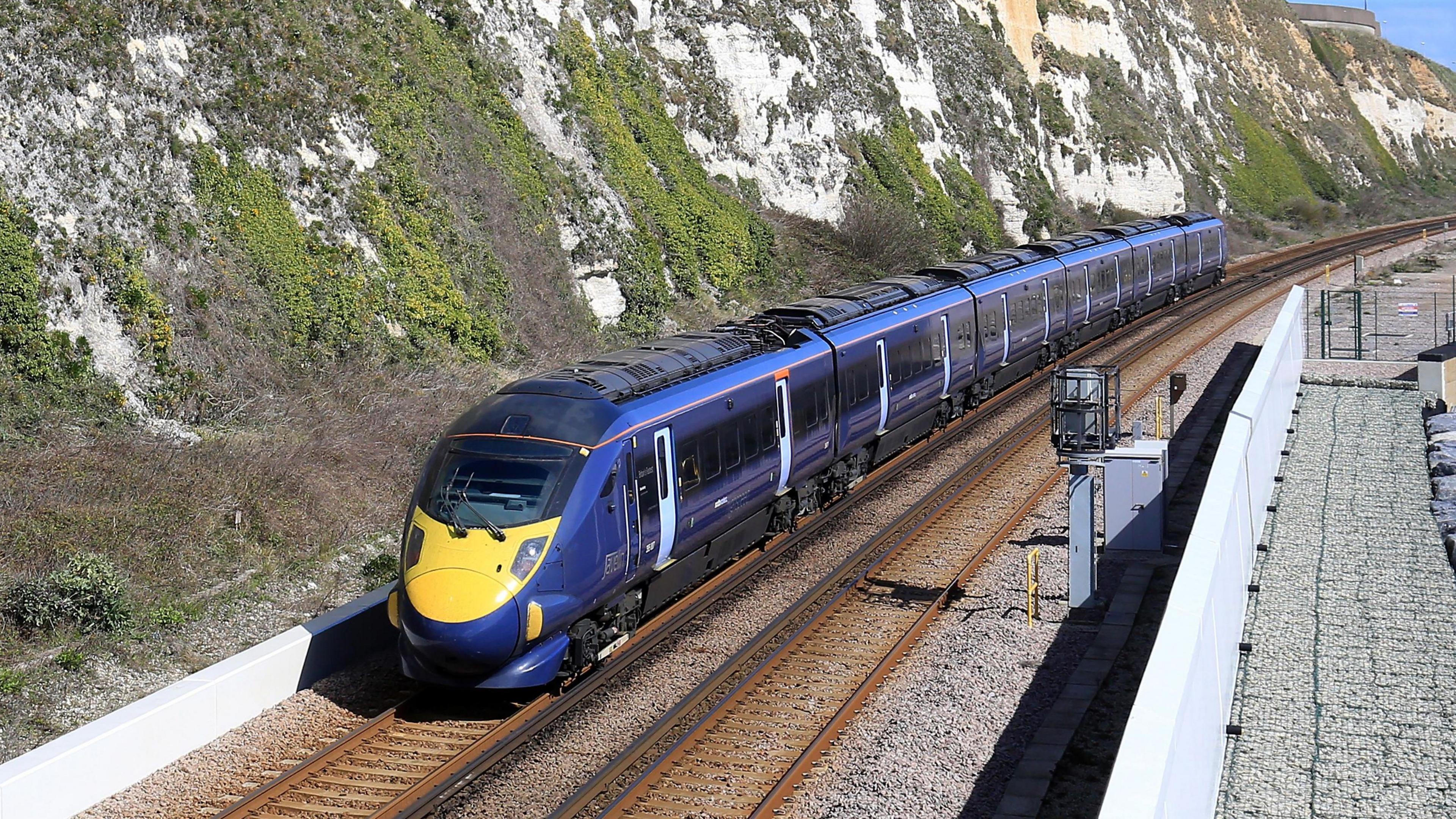
Southeastern also runs the high-speed Javelin trains from London St Pancras
Alongside Southeastern, Greater Anglia will join east coast mainline operator London North Eastern Railway (LNER) and c2c, which runs trains between east London and south Essex, in being publicly run.
Northern, TransPennine Express and South Western Railway have also been nationalised.
The transport secretary announced, external Govia Thameslink would be brought into public ownership on 31 May 2026.
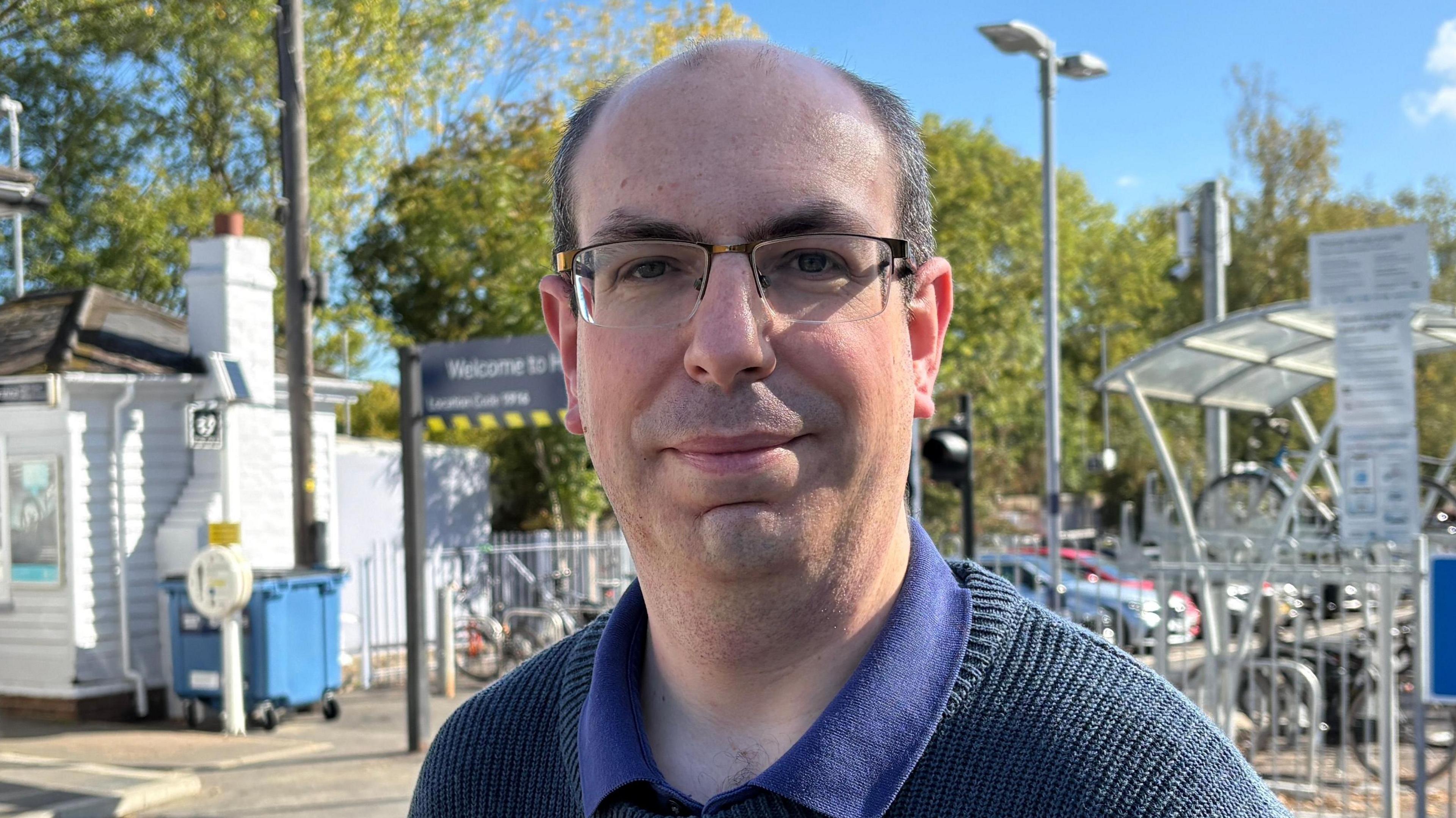
Passengers wanted a train service they can rely on, that doesn't cost the earth, said Rob Mansfield
"Nothing spectacular has changed," said Rob Mansfield, chairman of the Tonbridge Line Commuters' group, which campaigns for better rail services in west Kent.
However, he added there was "plenty of potential for it to become something more meaningful".
The service was "desperately in need of new rolling stock", with some trains "pretty unbearable" because they lacked air-conditioning.
Was he concerned the railways would have to compete with other public sector budgets like health and education to secure investment?
He said despite a "perception that nationalisation is a silver bullet that can fix everything", the DfT and Treasury "have had a lot of influence in the railway, regardless of the system".
But he accepted "whether they'll stump up the cash is a concern".
"People just want a train service they can rely on that doesn't cost the earth.
"As an organisation we're indifferent as to whether that's through a private company or through the state."
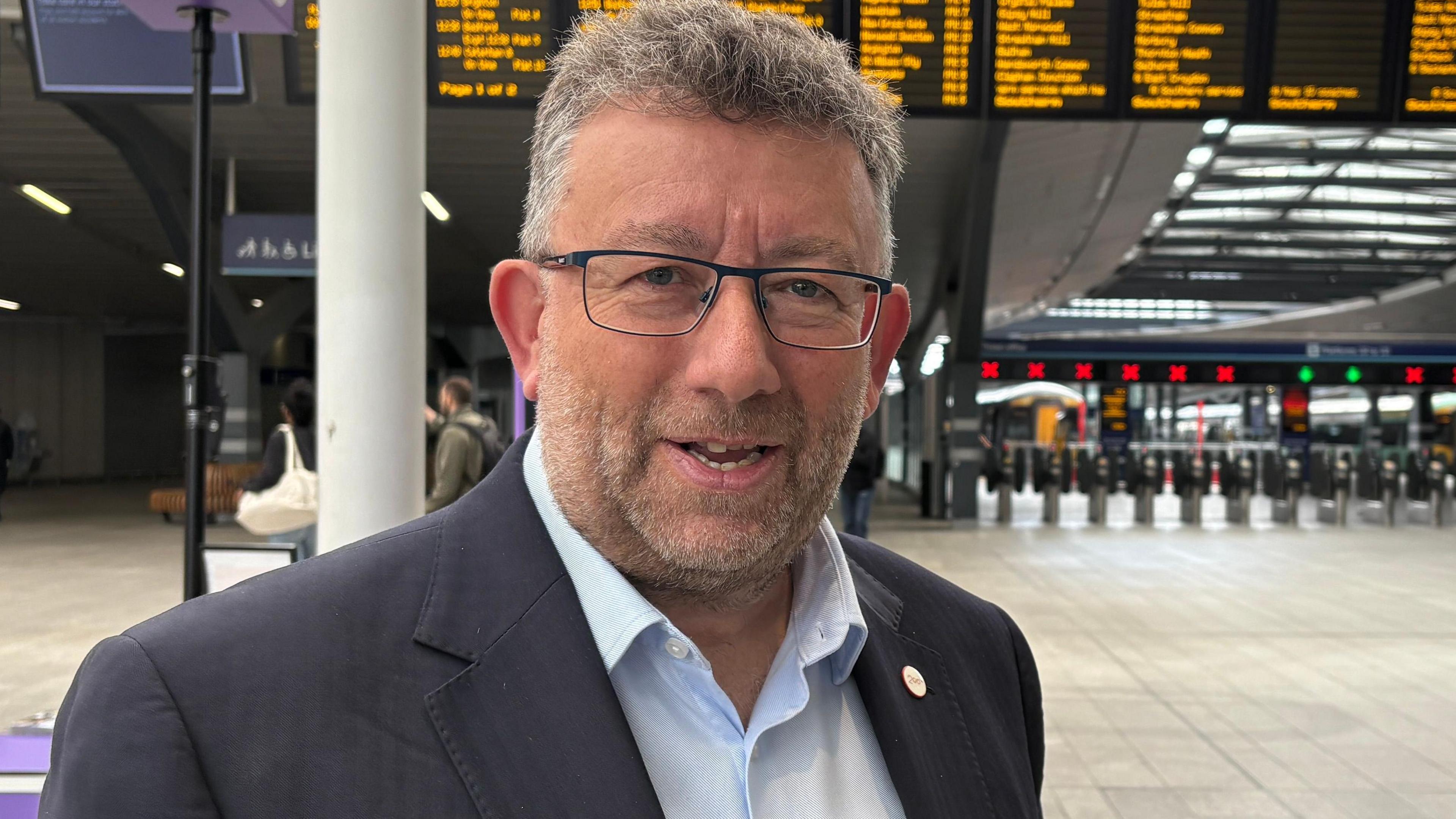
Southeastern managing director Steve White said Greater Anglia would be able to "find another gear" through nationalisation
According to regulator the Office of Rail and Road (ORR), in 2024-25, Southeastern planned to run 561,230 trains, tens of thousands fewer than the 633,760 it planned to run in 2019-20, before the pandemic.
Five years ago, 69.1% of its trains ran on time, which the ORR defines as arriving either early or less than one minute after the scheduled arrival time. In 2024-25, 66.0% were on time.
Managing director Steve White said it was adding more services, that its 87% customer satisfaction level was higher than it was before the pandemic, and that about 86% of services arrived within three minutes of their scheduled time.
The company also had one of the lowest cancellation rates.
Nationalisation, he said, "makes us obliged to deliver the best service for our customers at the lowest cost to the taxpayer".
Having responsibility for infrastructure – as well as trains – meant passengers saw "clear accountability".
"Whether your train is delayed by a trespasser or a signal fault or a broken-down train, that accountability now resides with a single managing director and a single leadership team."
It is understood Greater Anglia will begin working more closely with Network Rail ahead of formally integrating their leadership teams.
That, Mr White continued, "will give them a chance to find another gear to make further improvements for customers in a way that they can't do under the current framework".
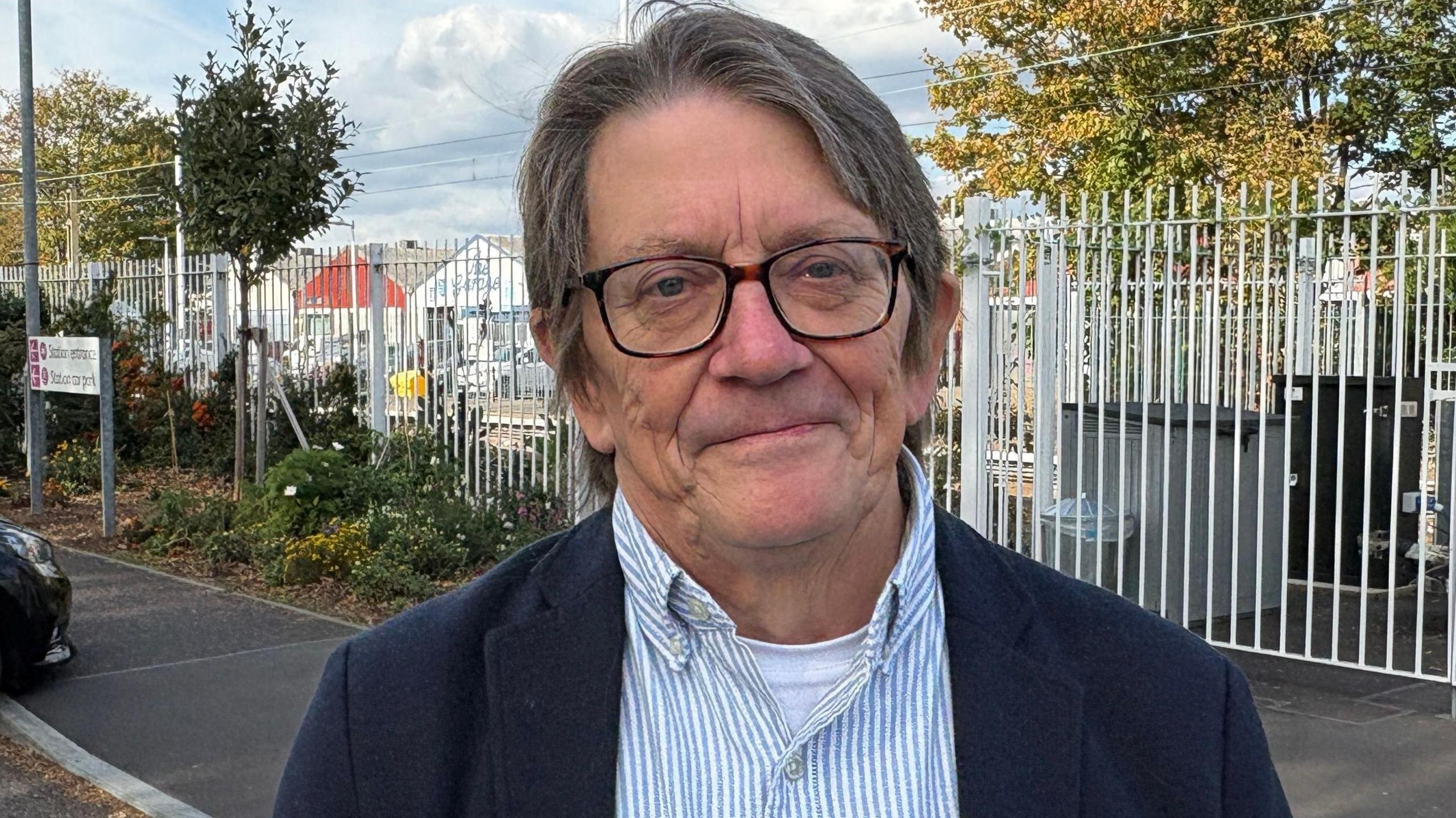
The faults of privatisation were "greatly exaggerated", according to Prof Len Shackleton
Rail Partners, which represents private sector train operators, has agreed that "change is needed" on the railways.
But responding to Labour's plan before the 2024 election, it said nationalisation was a "political rather than a practical solution which will increase costs over time".
Prof Len Shackleton, an economist at the University of Buckingham and a research fellow at the free-market think tank the Institute of Economic Affairs, believed "the virtues of nationalisation are greatly exaggerated and the faults of privatisation are greatly exaggerated".
Privatisation in the 1990s "led initially to considerable improvements" and "the numbers of people using the railways shot up", he argued.
Private investment also saw new trains replace rolling stock that was "many years out of date".
Prof Shackleton said he did not believe passengers were "going to notice much in the short run", though better coordination with Network Rail could bring "improvements in timekeeping".
Would tickets be cheaper?
"Fares may be too high, but I don't think they're going to come down," he said.
Running railways is "extremely expensive" with "200-year-old technology, which needs constant maintenance".
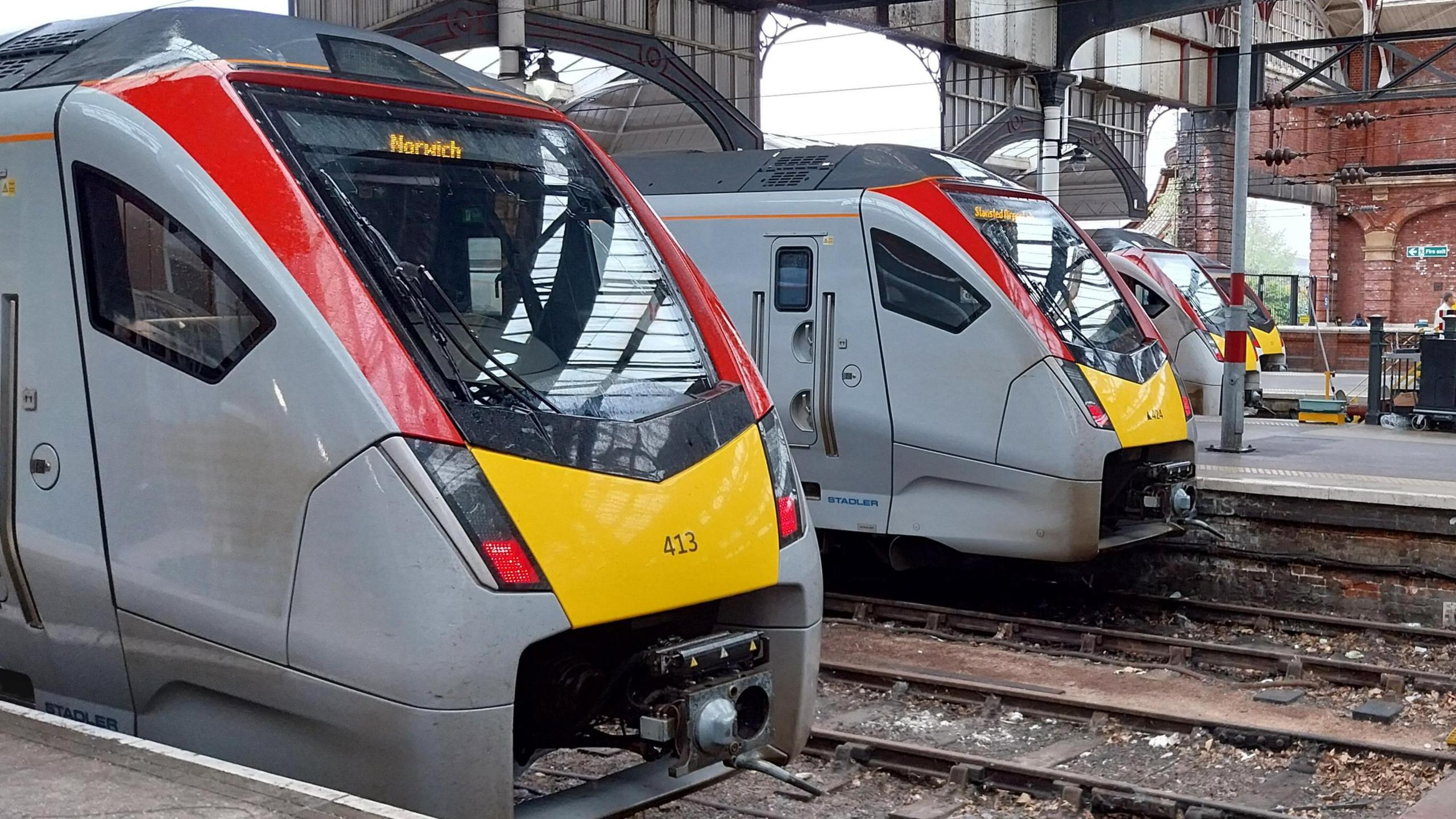
Greater Anglia hoped passengers would not see immediate differences
In 2023, Greater Anglia finished upgrading, external its entire fleet of trains with newer stock.
The company claimed it had been the most punctual train operator "for over two years", external.
Head of corporate affairs Jonathan Denby hoped passengers would not immediately see a difference.
"It should be exactly the same, and clearly one of the big objectives for us is to make sure that it stays exactly the same."
A DfT spokesperson said: "We are undertaking generational reform of our railways, bringing services back into public ownership and putting passengers, not shareholders, at the heart of our railways."
They added Greater Anglia would "continue to deliver high-performing services" and will be "sharing its expertise across the network".
Get in touch
Do you have a story suggestion for the East of England?
Follow East of England news on X, external, Instagram, external and Facebook: BBC Beds, Herts & Bucks, external, BBC Cambridgeshire, external, BBC Essex, external, BBC Norfolk, external, BBC Northamptonshire, external or BBC Suffolk, external.
- Published5 October
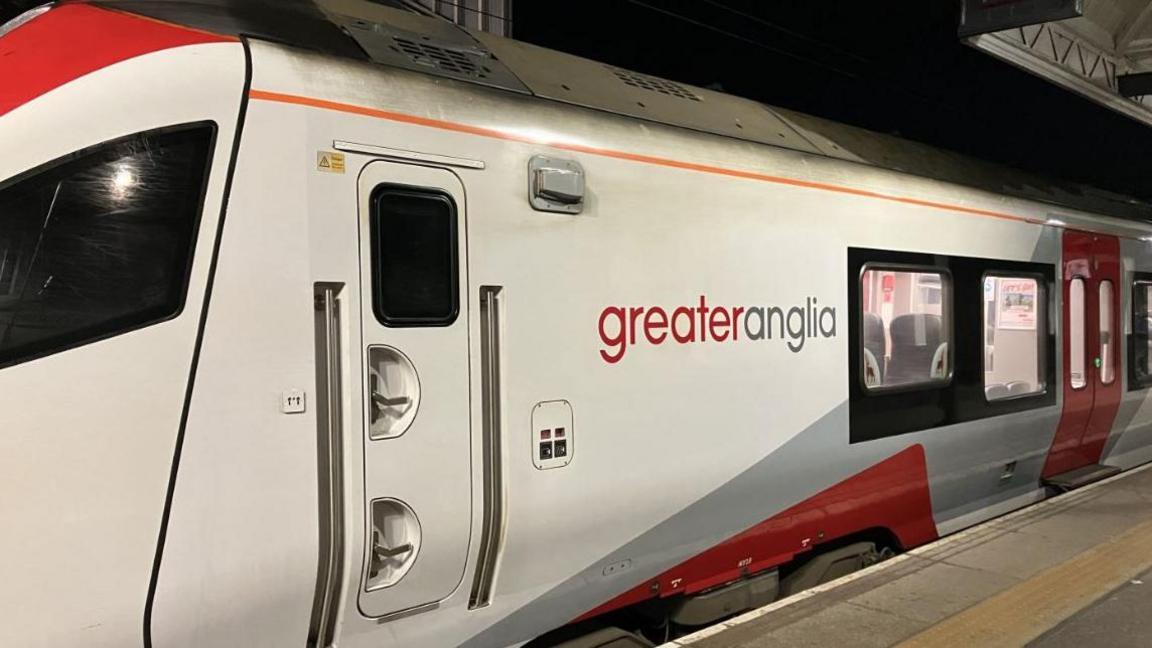
- Published25 May
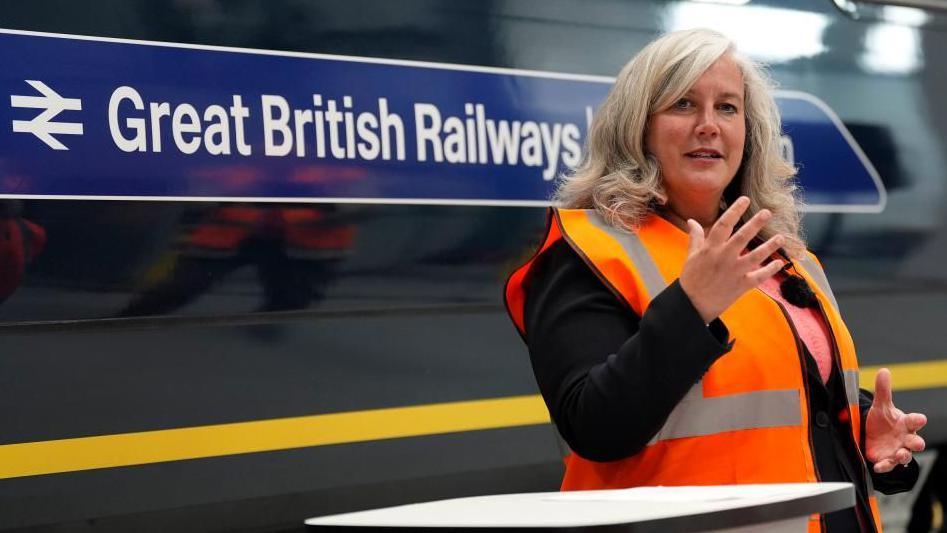
- Published25 May
